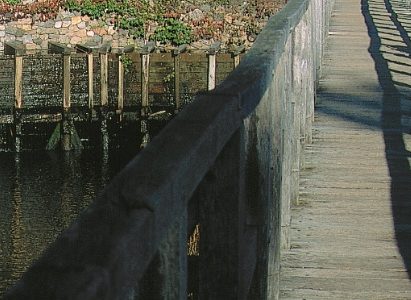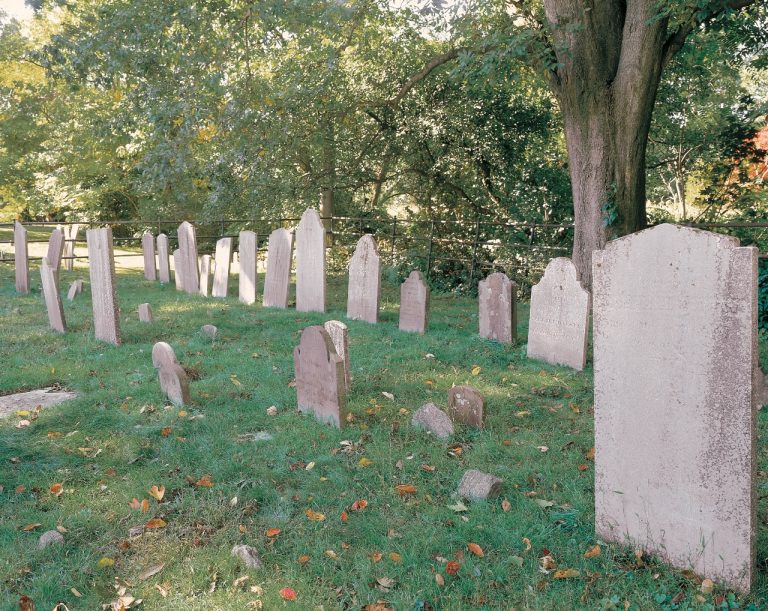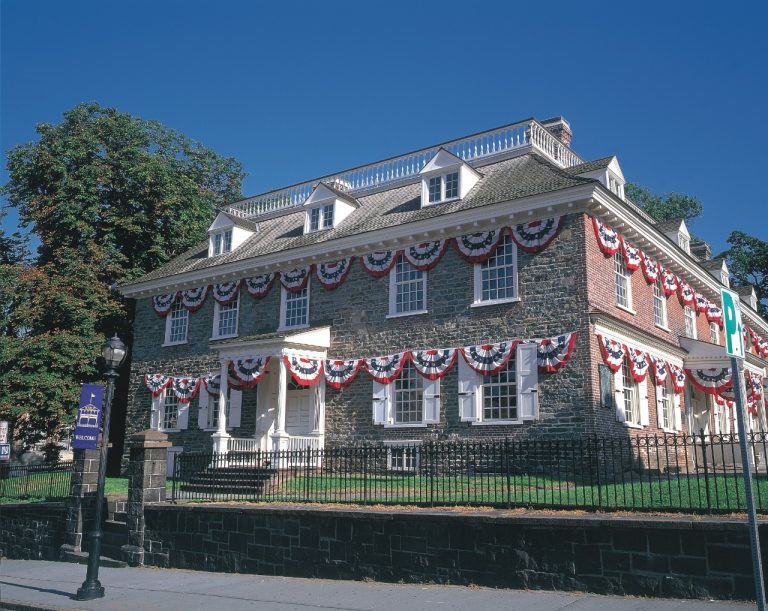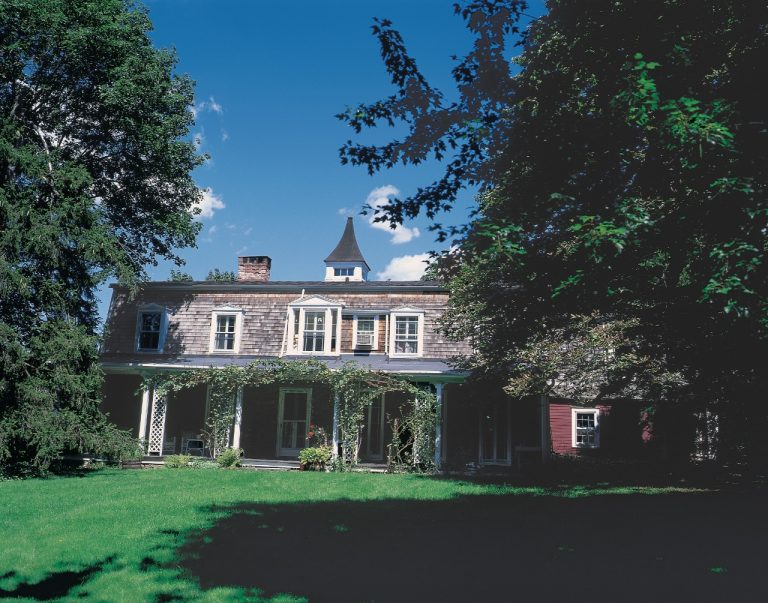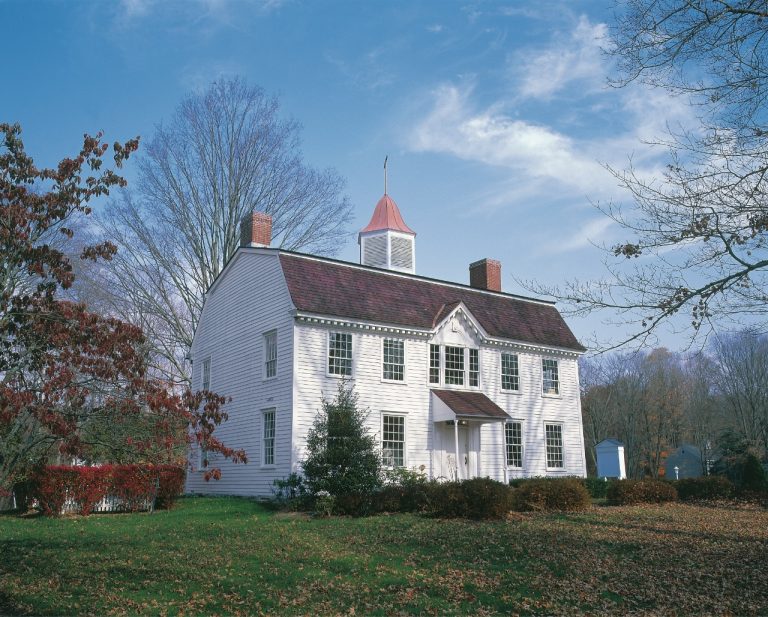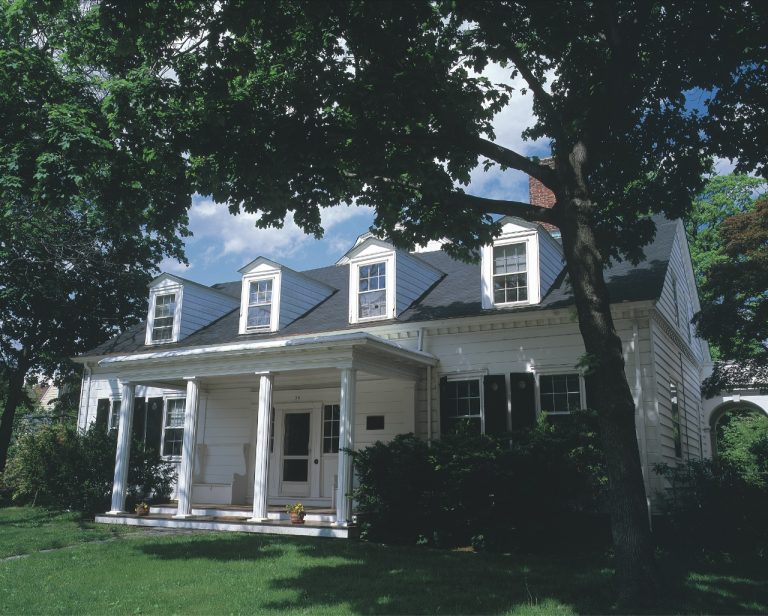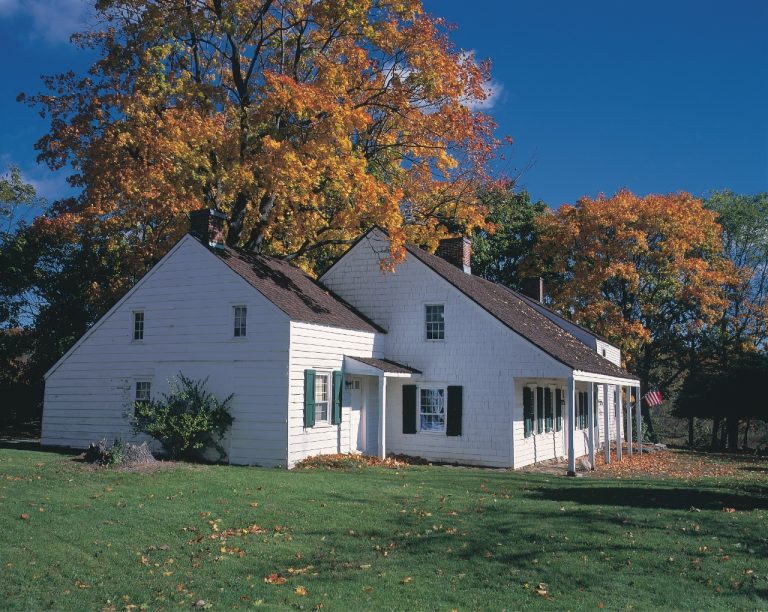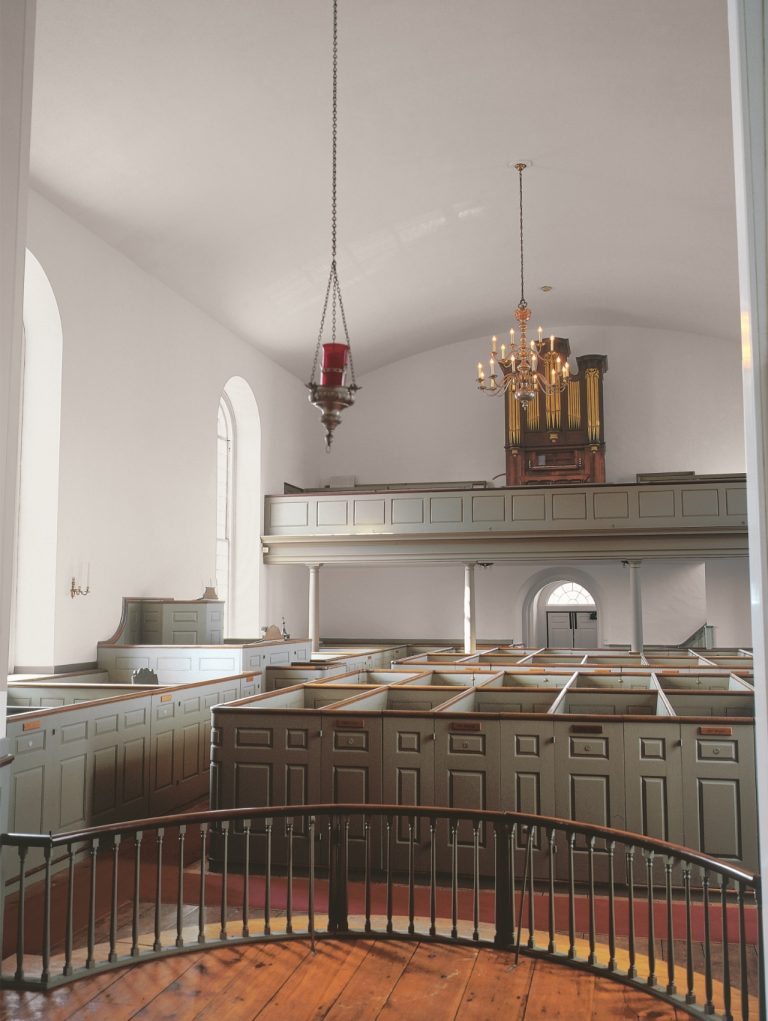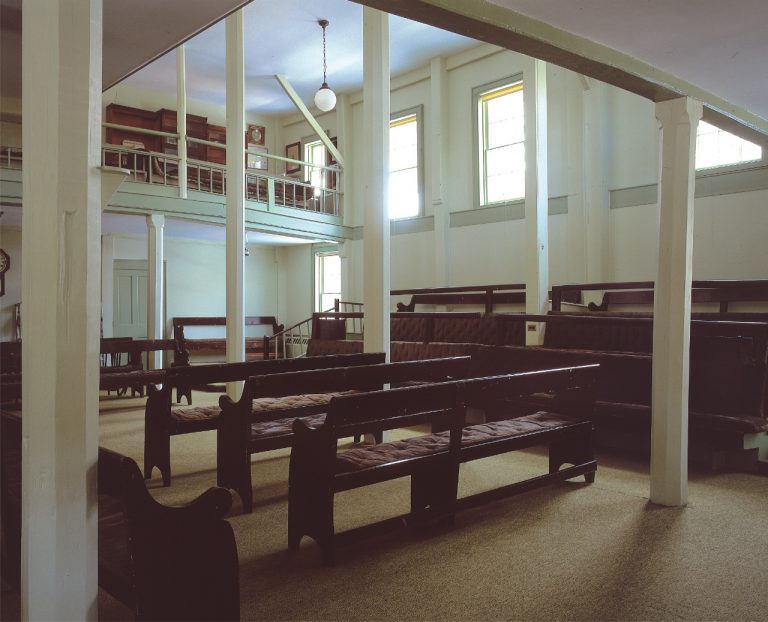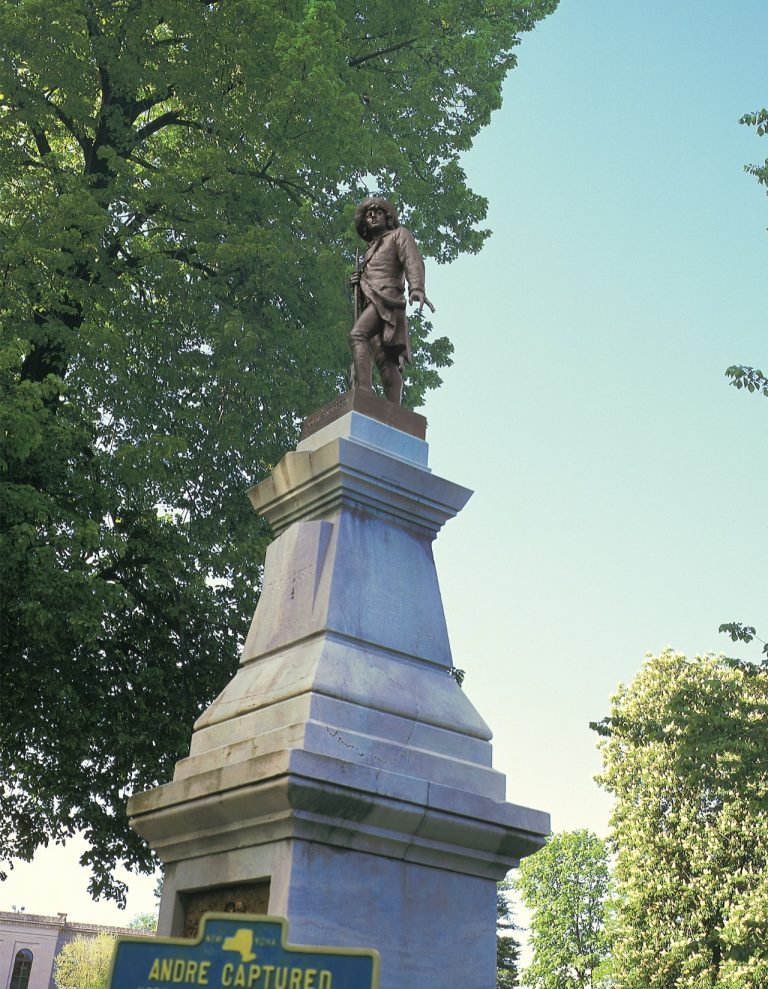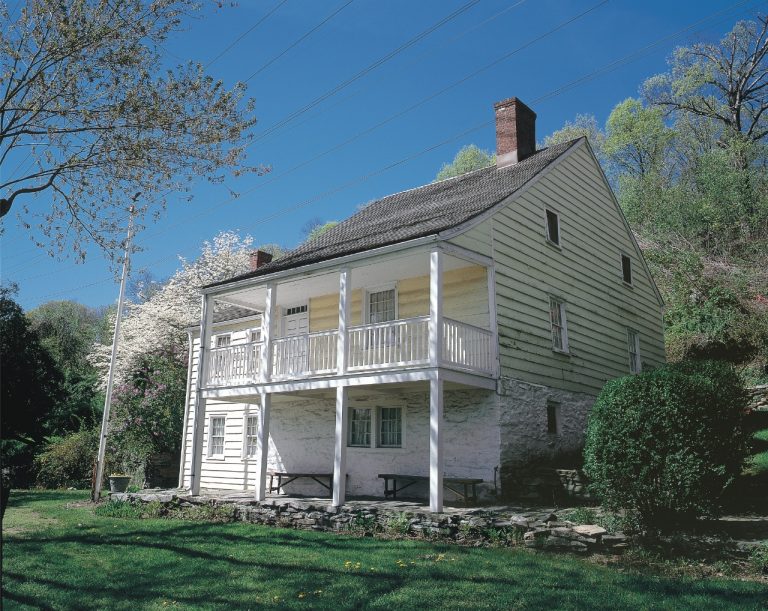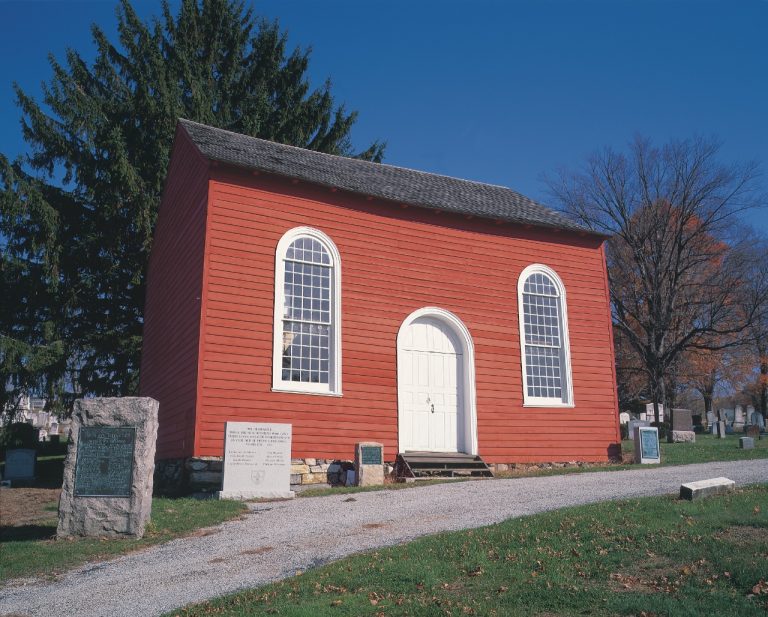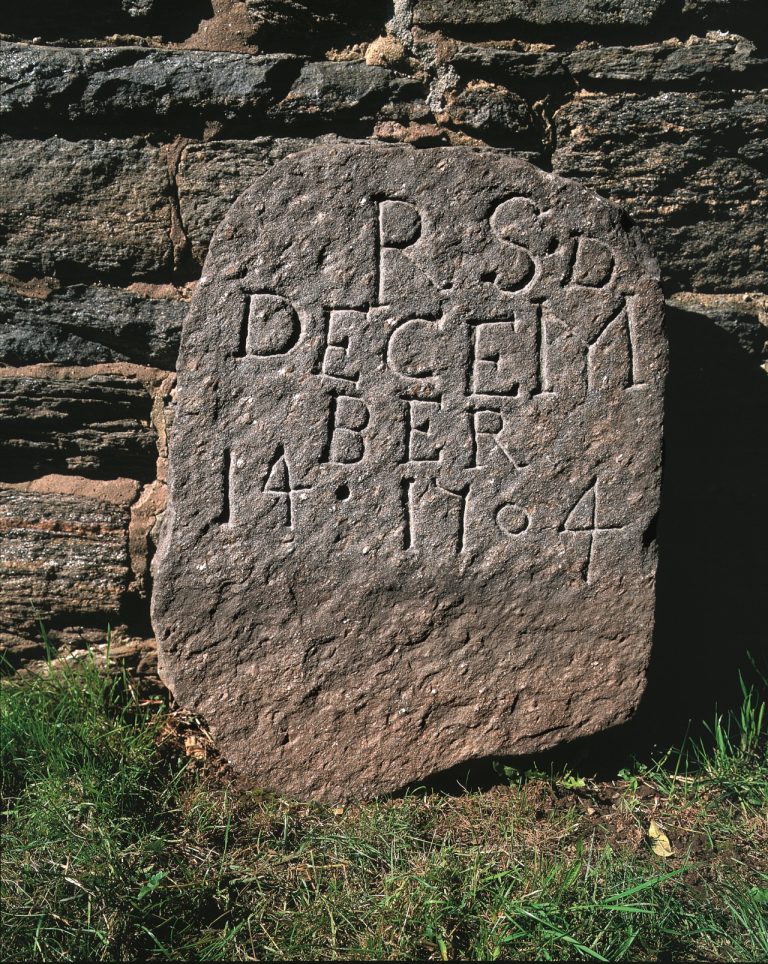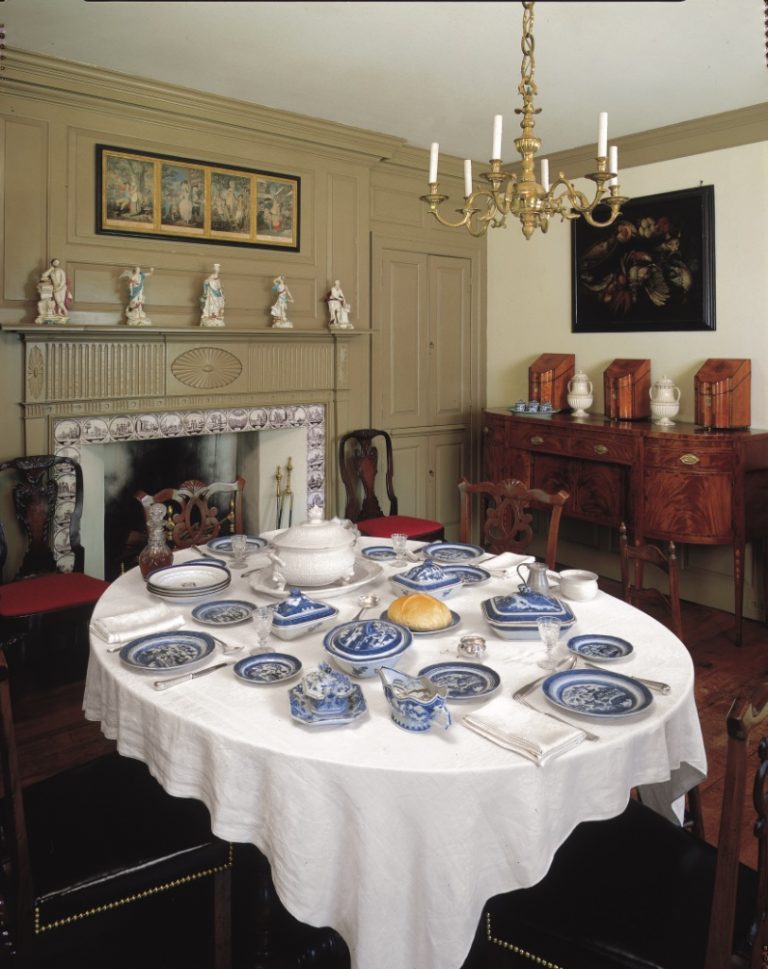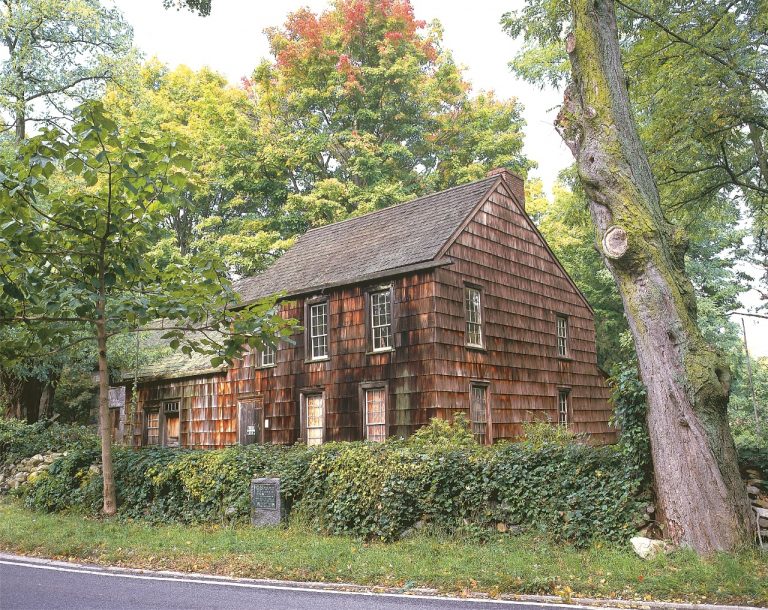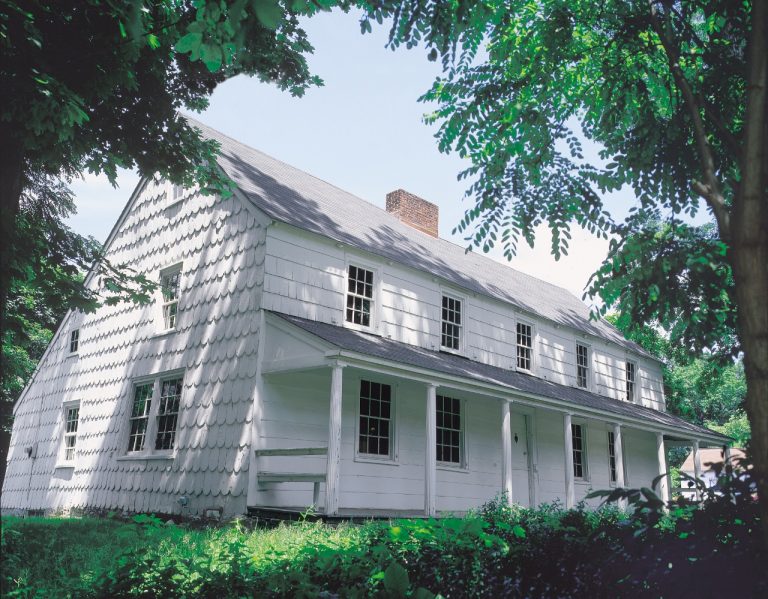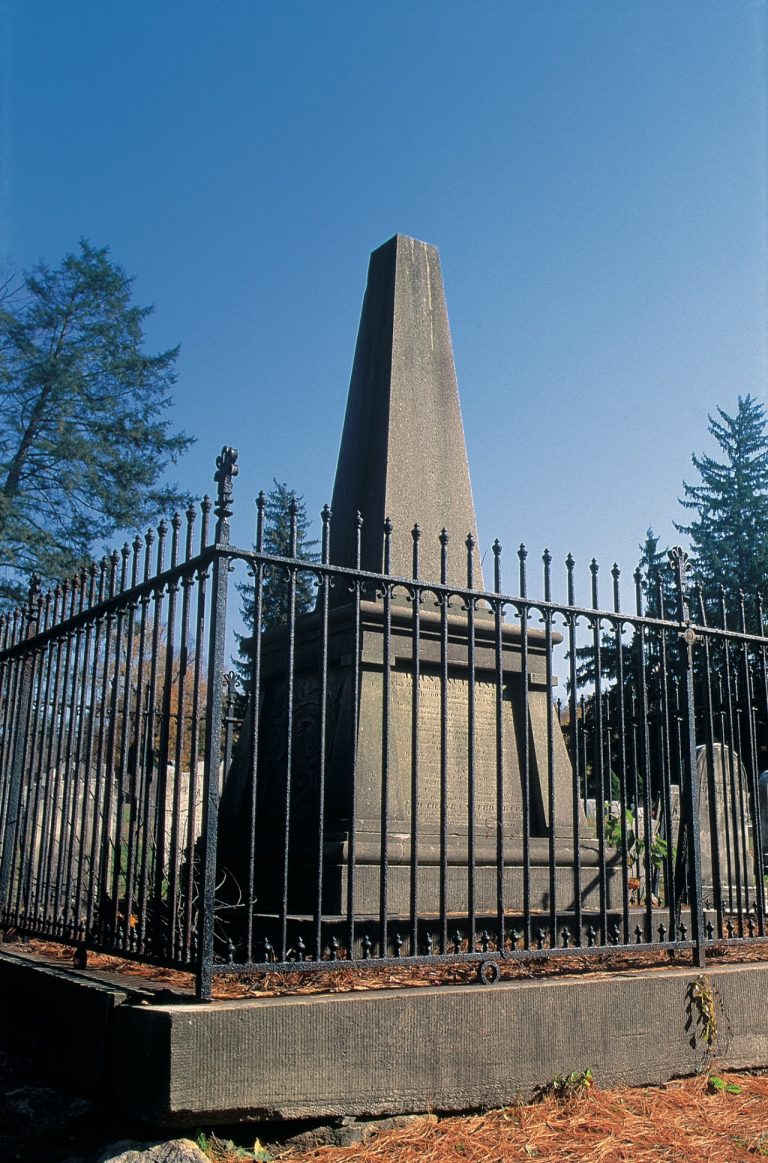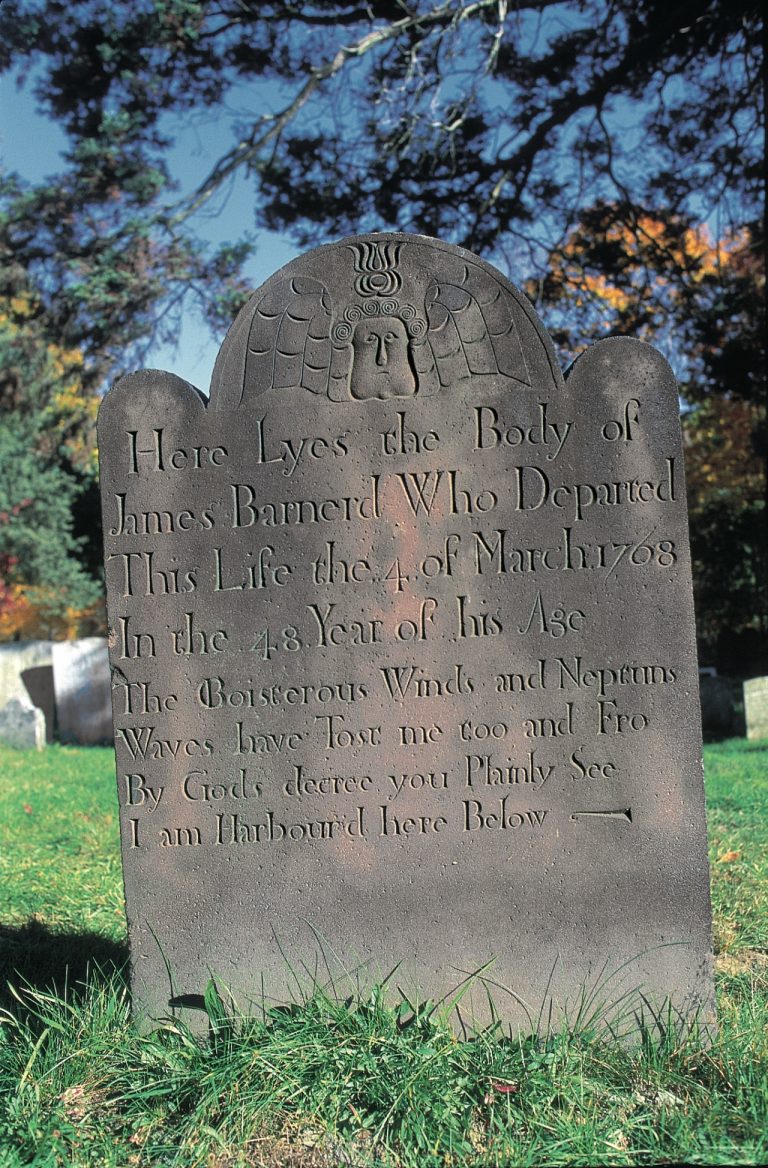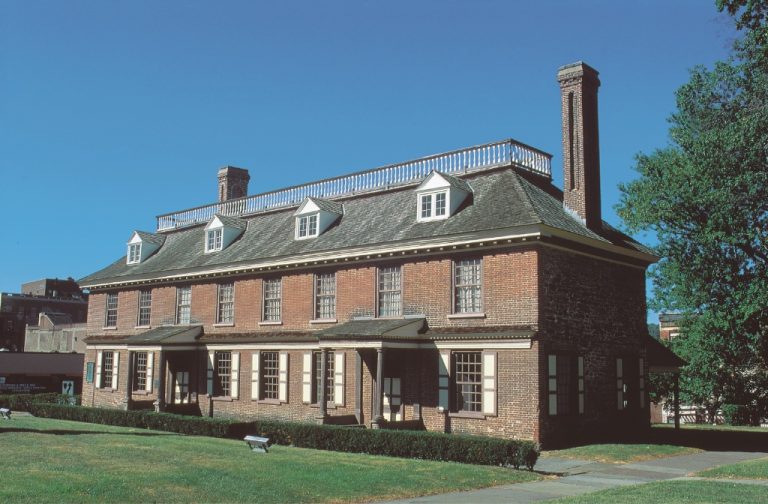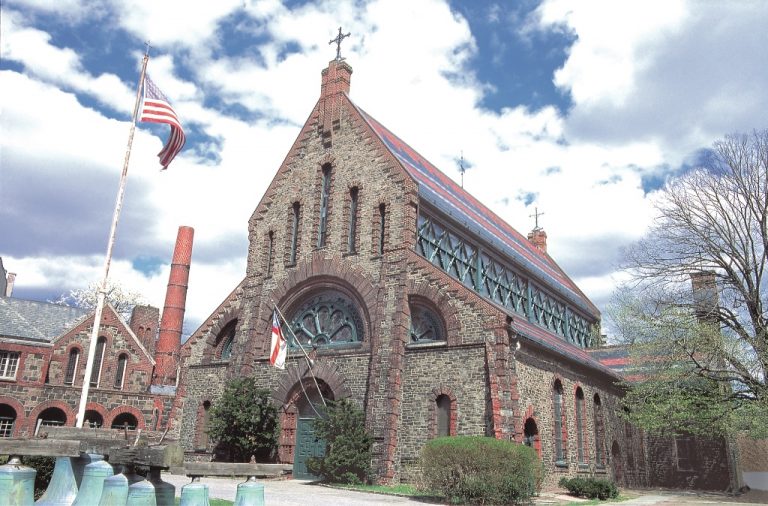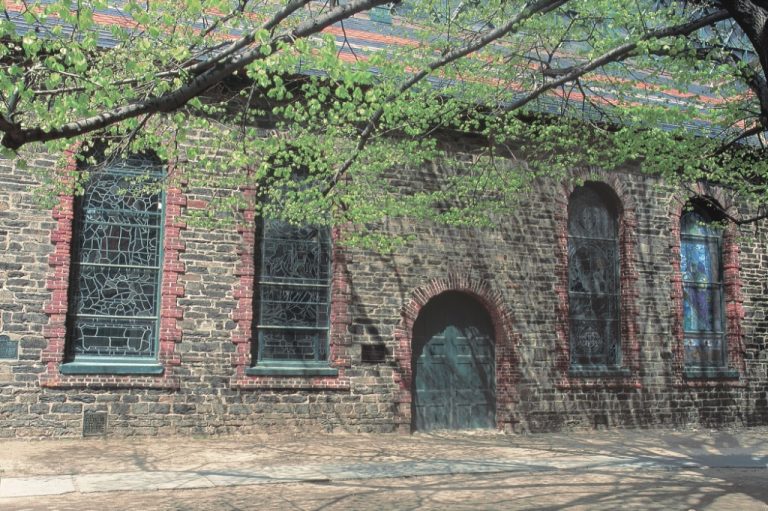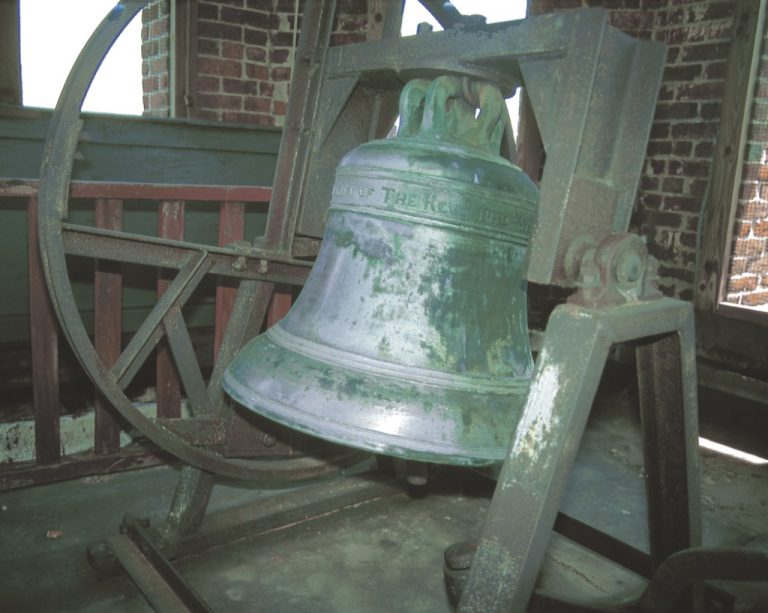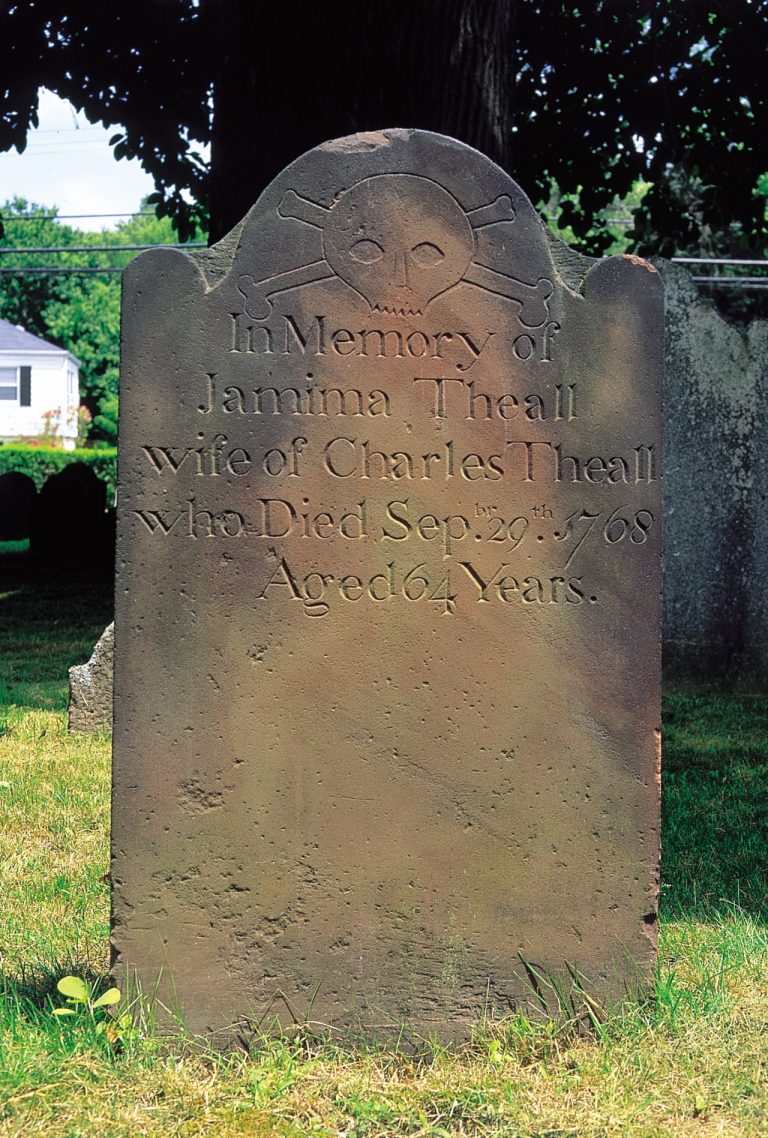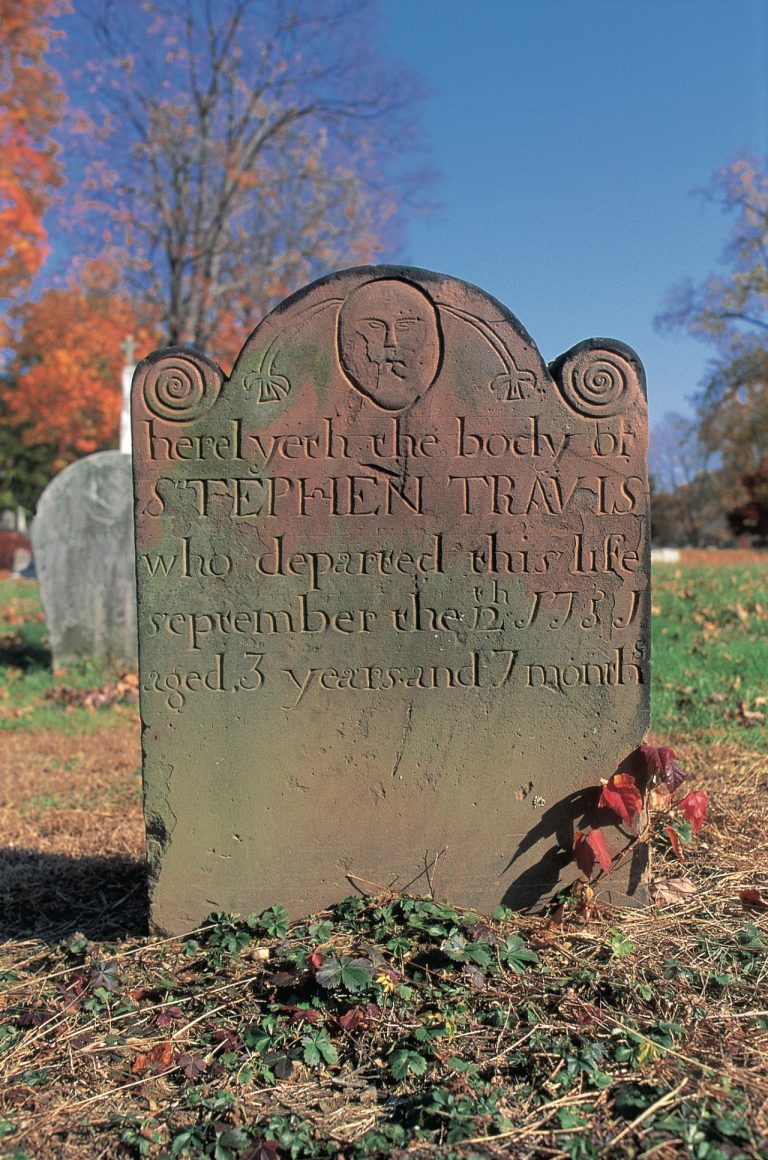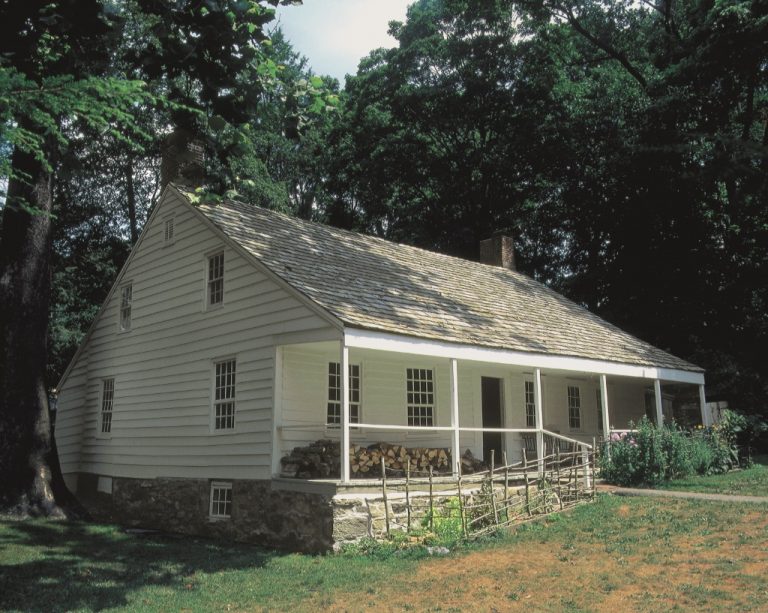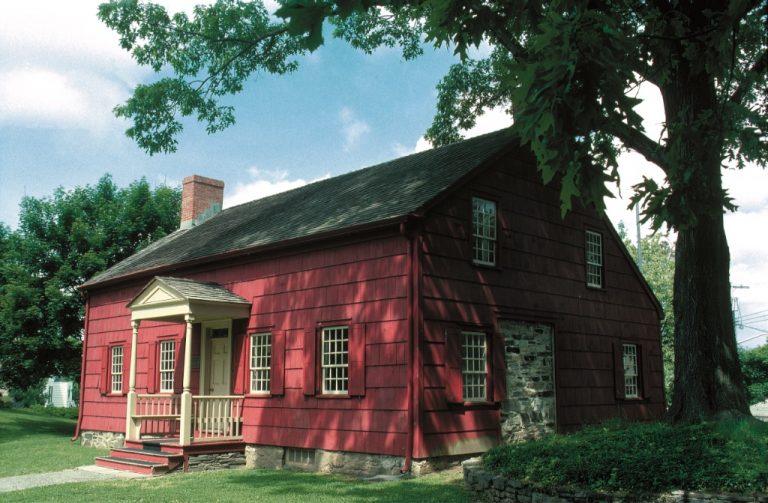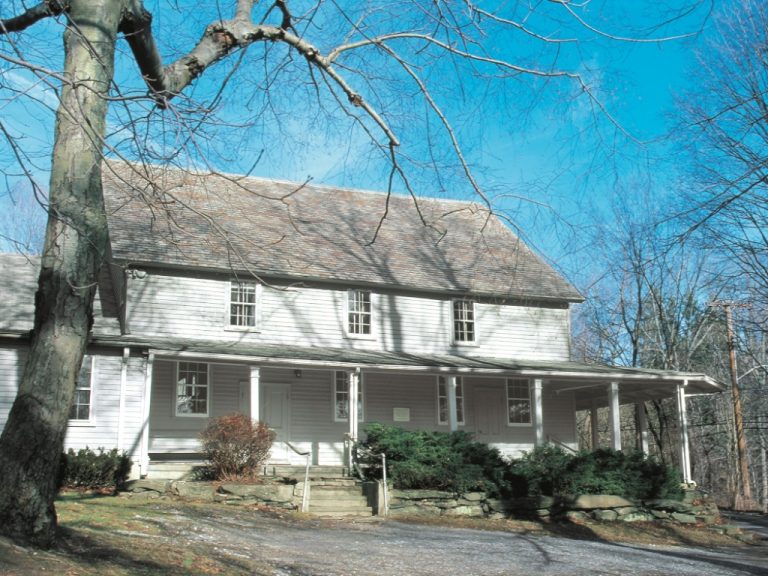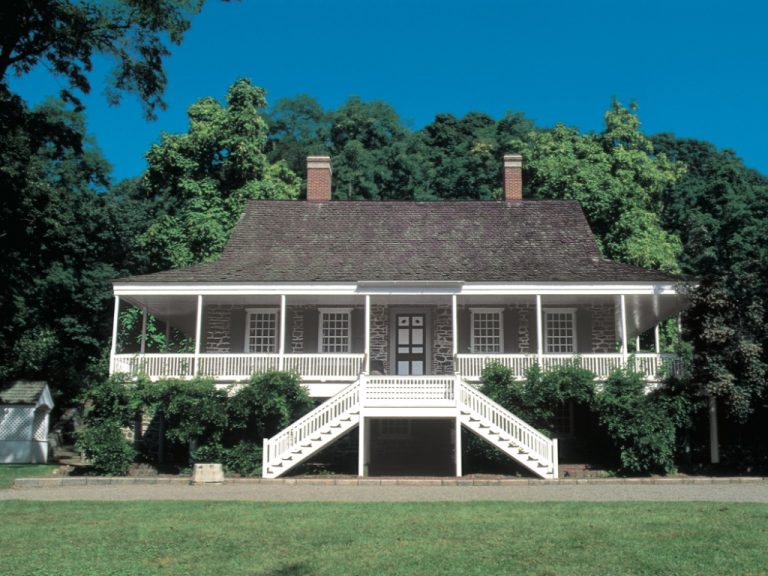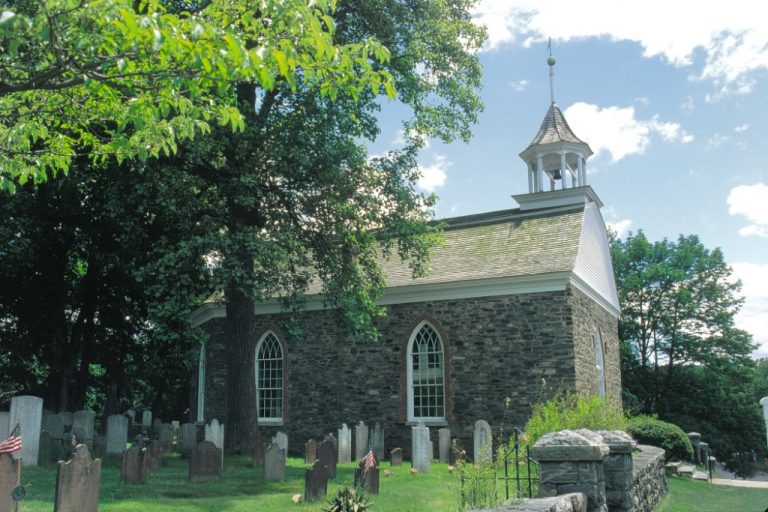European settlement in Westchester County began about the middle of the 17th century, at first along the easily accessible shores of the Hudson River and Long Island Sound, and then farther inland. Read more…
The Colonial Era, continued
Most of the county belonged to just two families, the Philipses and the Van Cortlandts, who managed their enormous properties as manors. Under English royal charter, they leased tracts of land to individual tenants, and to attract tenants they in turn provided facilities and services such as sawmills and gristmills, roads, and sometimes churches and burying grounds. Philipsburg Manor extended north along the Hudson from Spuyten Dyvil, in what is now the Bronx, to the mouth of the Croton River, and east to the Bronx River. Cortlandt Manor continued up the Hudson to the northern border of the county and reached eastward all the way to Connecticut.
South and east of the two great manors, Westchester was divided into smaller pieces. Most of them were originally either manors or patents—lands chartered to groups of proprietors rather than individual lords. Portions of the manors and patents were often in turn sold off to settlers forming new, freehold communities. The complicated and seemingly haphazard boundaries of the county’s towns have their origins in these early land grants and sales.
By the middle of the 18th century, Westchester was well settled. Most of the native forests had been cleared away to make way for farms. Very little of the county’s Colonial heritage now survives—a few churches, meetinghouses and residences, many of them altered beyond recognition. Their very rarity makes them all the more worthy of protection and respect.
Text from Picturing Our Past: National Register Sites in Westchester County, by Gray Williams.


